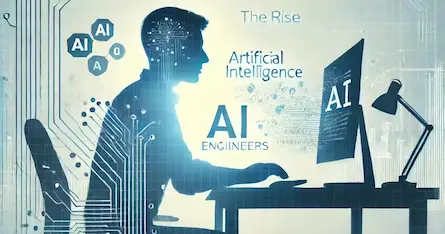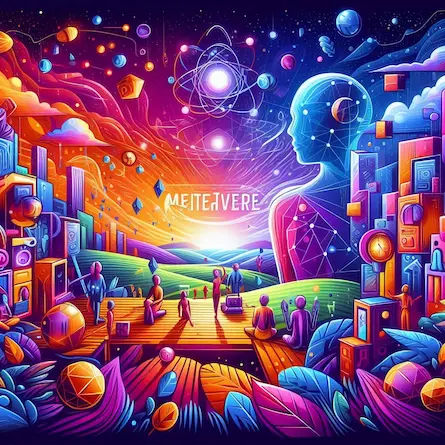
Automating Healthcare: My Journey in Prescription Text Extraction
- Soham
- Article , AI , Software Development , Engineering , OCR , Text Extraction
- 27 Nov, 2024
Automating Healthcare: My Journey in Prescription Text Extraction
In today’s fast-paced world, healthcare systems are rapidly adopting technology to streamline operations and enhance patient care. One area ripe for innovation is the digitization of handwritten medical prescriptions. These prescriptions, often difficult to read and prone to misinterpretation, can lead to errors and inefficiencies. My project, Medical Prescription Text Extraction, aims to address this challenge by leveraging Machine Learning (ML) and Optical Character Recognition (OCR).
In this blog, I’ll walk you through the motivation, approach, and key learnings from this exciting journey.
The Problem: Decoding Medical Prescriptions
Handwritten prescriptions are notorious for being illegible. Pharmacists often struggle to decipher a doctor’s handwriting, leading to potential medication errors. Beyond safety concerns, manual processing of prescriptions in healthcare systems is time-consuming and resource-intensive.
I envisioned an automated solution capable of extracting and digitizing the text from these prescriptions, reducing human error and enhancing efficiency.
The Approach: From Concept to Prototype
Building this solution required a combination of technologies, careful planning, and experimentation. Here’s how I approached it:
-
Understanding the Data The first challenge was acquiring data. Medical prescriptions vary in structure, handwriting style, and language. I worked with sample datasets to simulate real-world scenarios, ensuring a diverse range of prescriptions for testing.
-
Preprocessing the Images Raw images of prescriptions were often noisy or poorly lit. To prepare them for analysis:
- Image Enhancement: I used Python libraries like OpenCV to adjust brightness, contrast, and remove noise.
- Segmentation: Cropping regions of interest to focus on textual content.
- Text Recognition Using OCR OCR technology was central to this project. After testing various libraries, I chose EasyOCR for its accuracy and customization options.
OCR extracted raw text, but handwritten content often posed challenges due to variations in style. This led to the integration of advanced preprocessing steps like thresholding and morphology techniques to improve recognition.
- NLP for Contextual Understanding Extracted text often included abbreviations, misspellings, or incomplete phrases. To make sense of it:
- Named Entity Recognition (NER): Identified key components like medication names, dosages, and instructions.
- Spell Correction: Handwriting errors were corrected using pre-trained NLP models.
- Deployment with Flask To make the solution accessible, I developed a web-based interface using Flask. Users could upload prescription images and receive the extracted text within seconds. The system also allowed for manual verification to ensure reliability.
Challenges and Learnings
Every project comes with its hurdles, and this was no exception:
-
Handwriting Variability: Doctors’ handwriting is as diverse as their specializations! Building a model robust enough to handle this required significant fine-tuning.
-
Dataset Limitations: Access to real-world prescription datasets was restricted due to privacy concerns. Synthetic data generation became a critical part of my workflow.
-
Balancing Accuracy and Speed: Real-time processing is essential for practical deployment. Optimizing models without compromising accuracy was a fine balancing act.
These challenges taught me the importance of iterative improvement and the need for domain expertise in healthcare-related projects.
The Impact: Toward Smarter Healthcare
This project demonstrated the potential of AI in solving practical problems. By automating prescription text extraction, healthcare providers can:
- Minimize medication errors.
- Save time on manual data entry.
- Enhance patient record management. While the prototype is not perfect, it lays the groundwork for further innovation, such as integration with Electronic Health Record (EHR) systems and multilingual support.
What’s Next?
The journey doesn’t end here. Future enhancements for this project include:
- Training the system with larger, real-world datasets for improved accuracy.
- Incorporating AI models specifically designed for handwriting recognition.
- Exploring cloud solutions like AWS for scalability and faster processing. If you’re curious about the technical details or have ideas for improvement, feel free to reach out. Together, we can revolutionize healthcare through technology.
Conclusion
Working on Medical Prescription Text Extraction has been a rewarding experience. It allowed me to apply my skills in Python, Machine Learning, and Flask while contributing to a cause that directly impacts people’s lives. This project reaffirmed my belief in the transformative power of AI in the healthcare sector.
What do you think about AI’s role in healthcare? I’d love to hear your thoughts and experiences in the comments!





